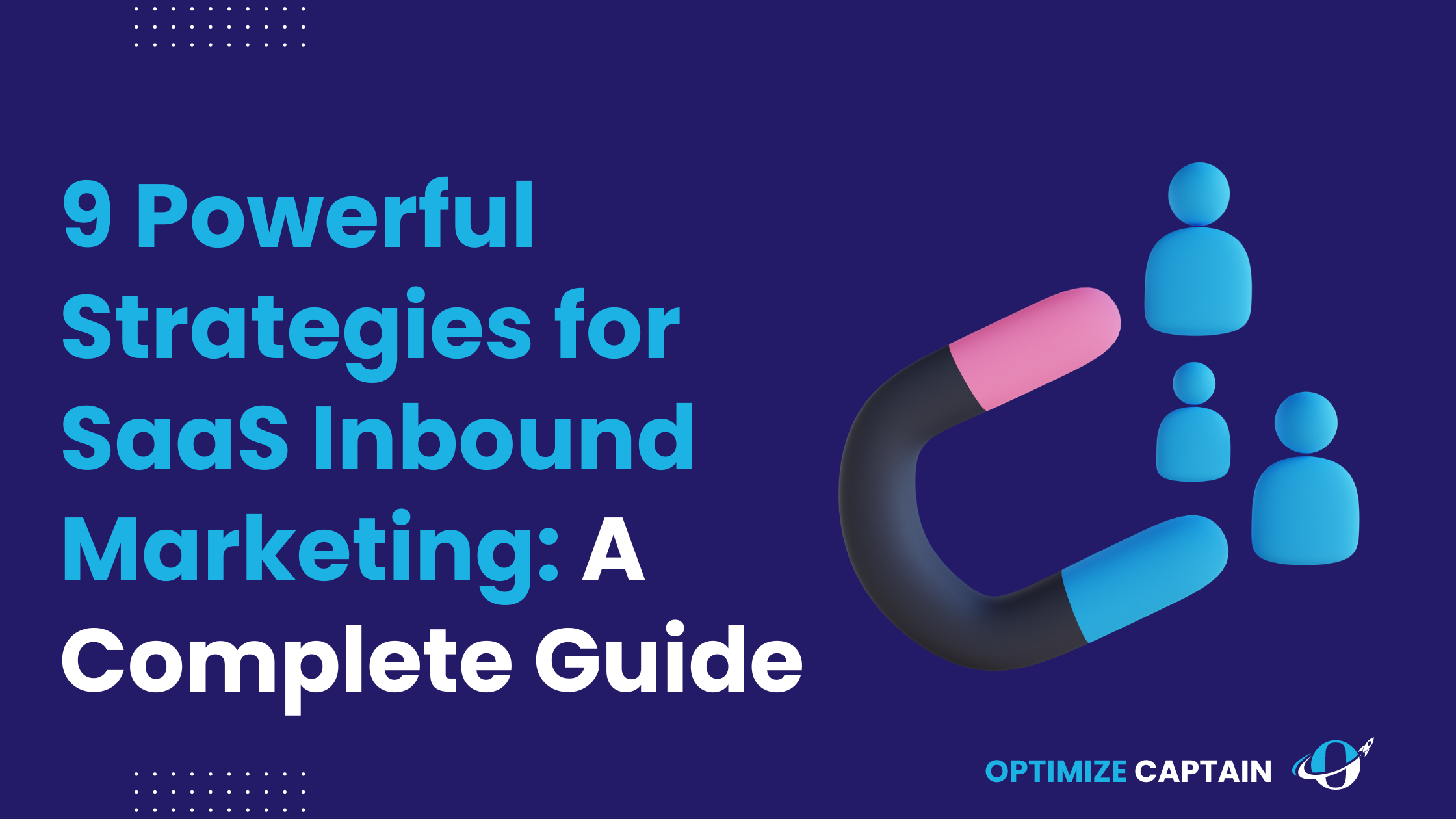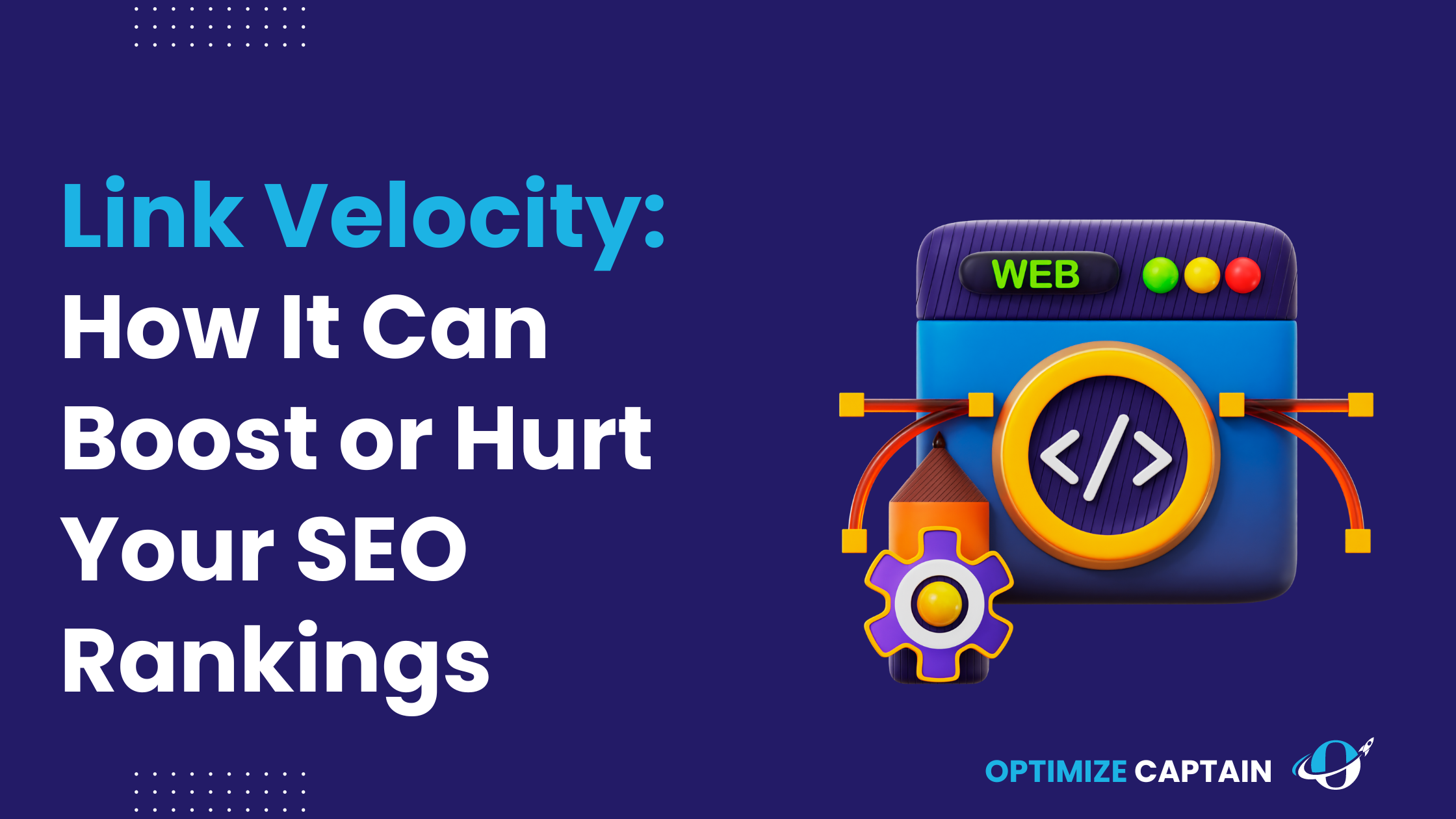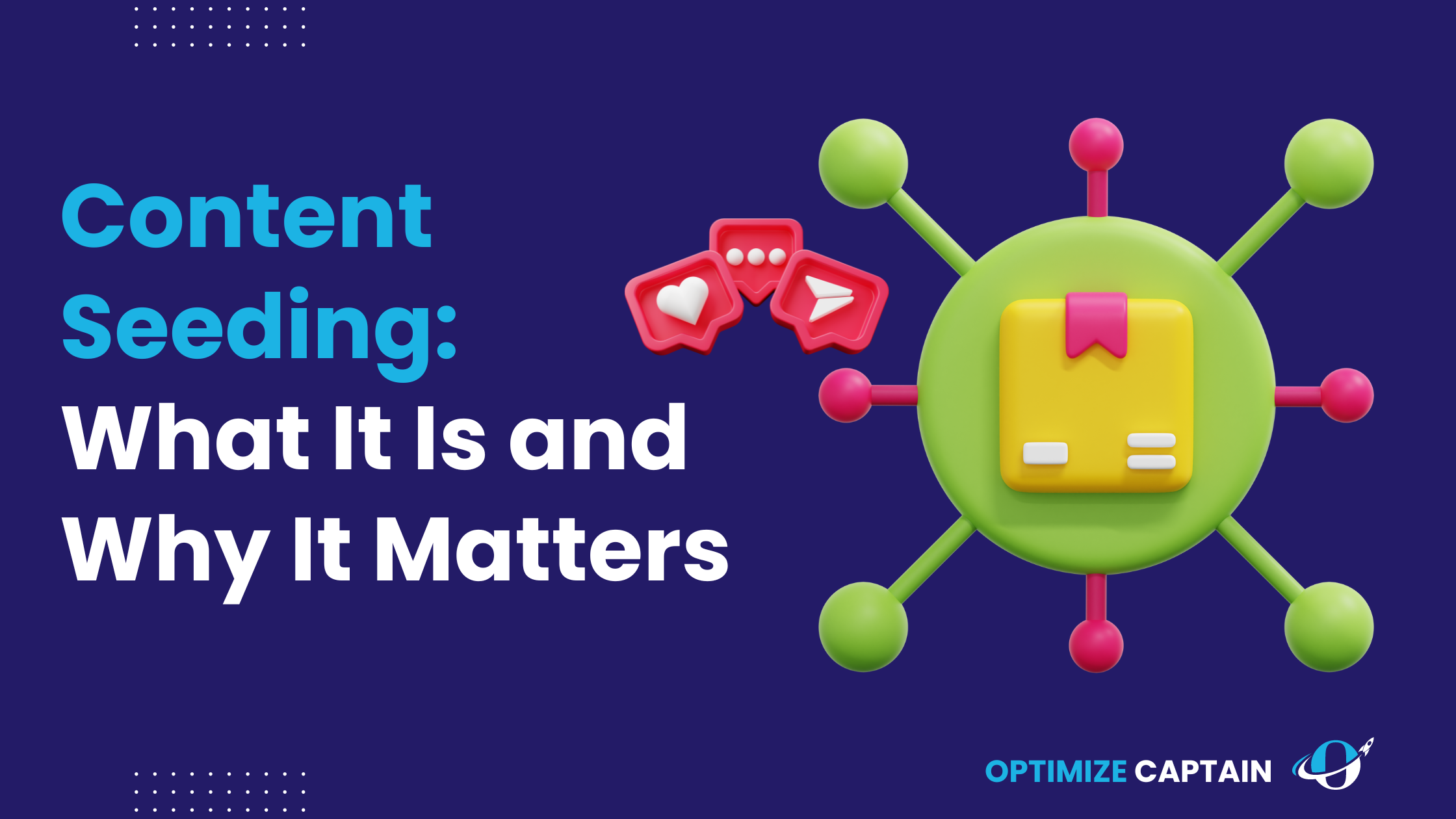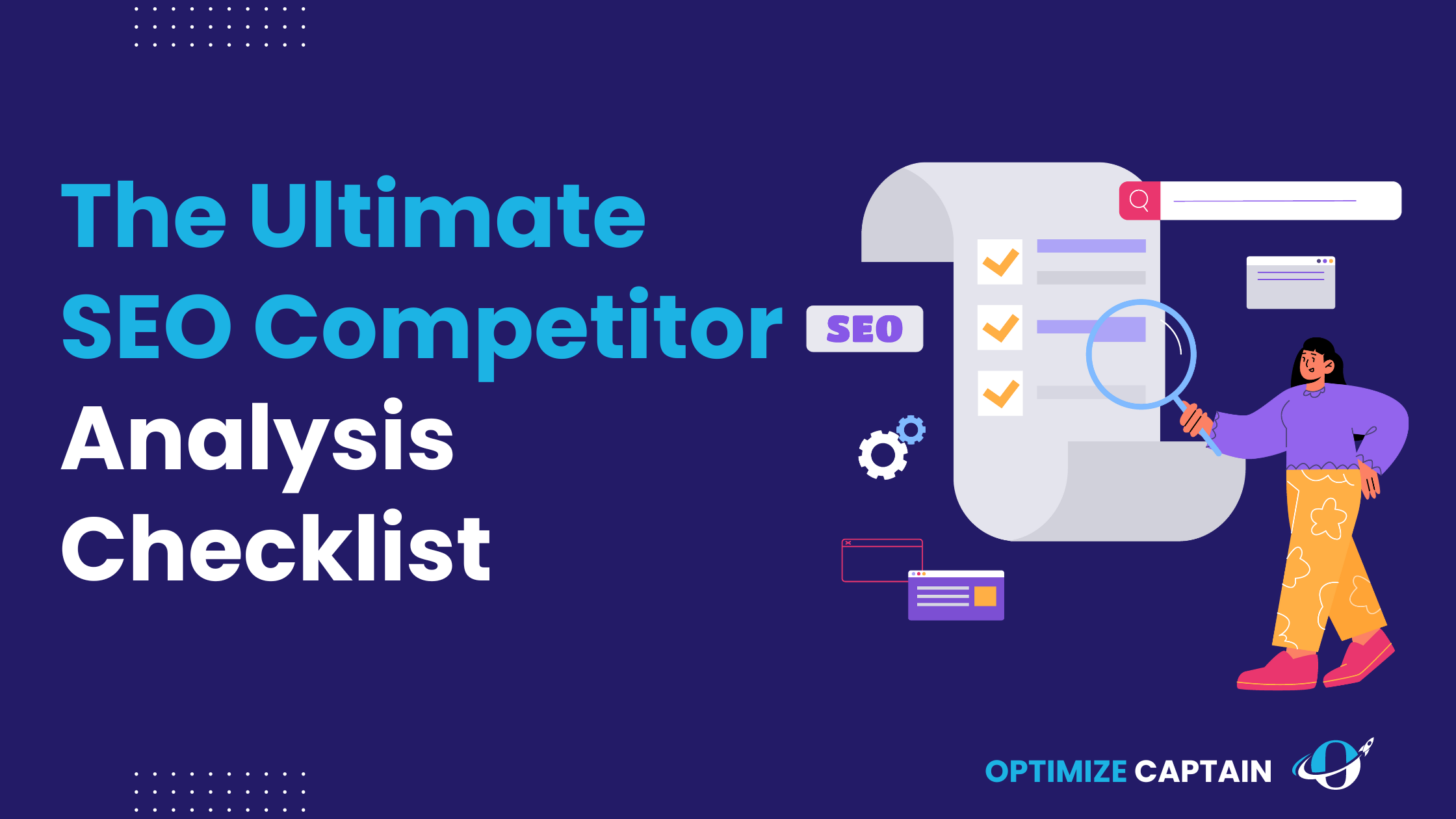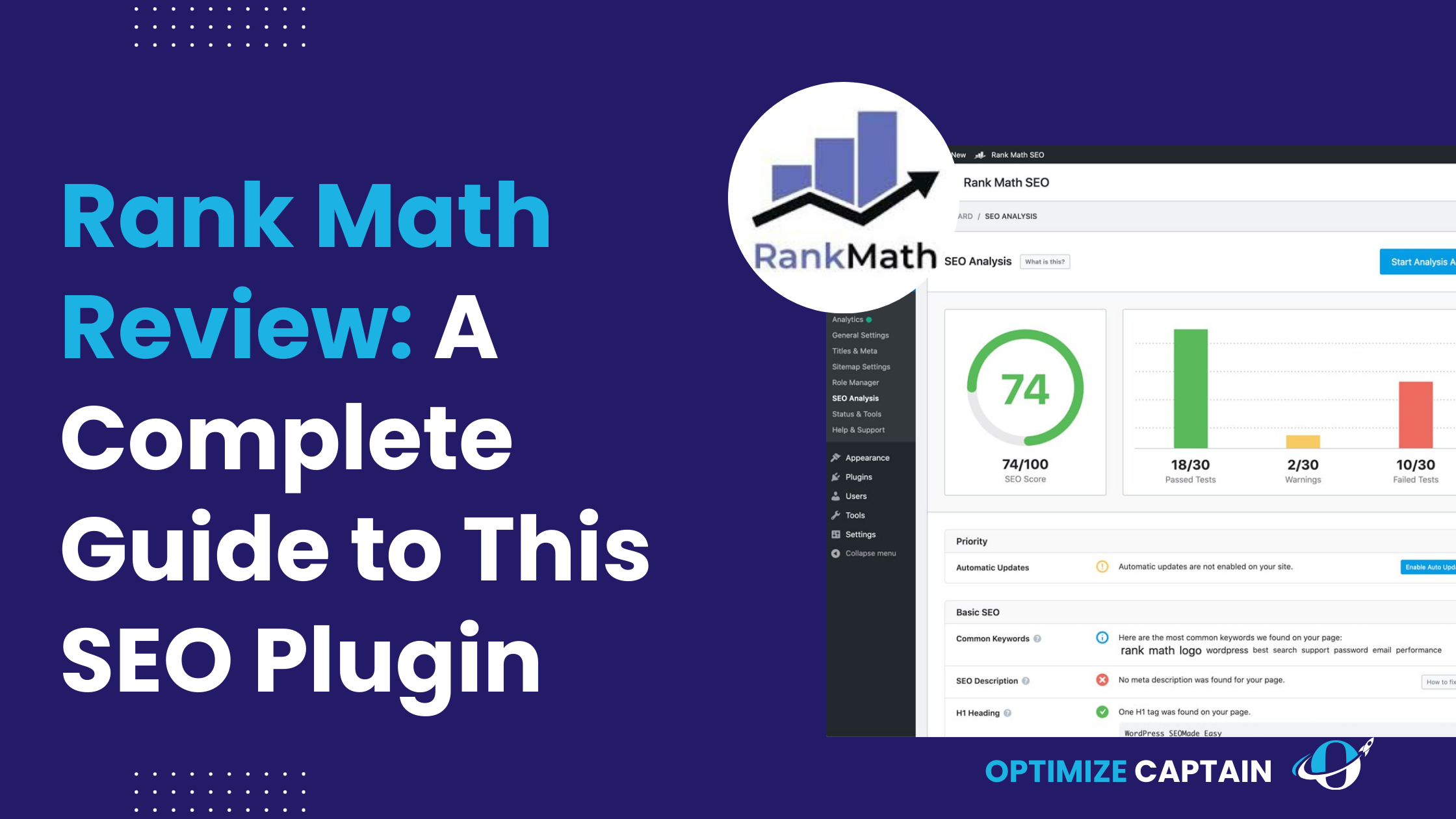You’ve just launched a SaaS product that solves a real pain point—perhaps it streamlines project management, enhances team collaboration, or automates tedious workflows. Now, you’re thinking about how to get it in front of your target customers. The first thought that might cross your mind is to allocate a budget and run some ads. You’re hoping to tap into significant results quickly, right? But here’s the thing—this approach is often a mistake.
Running ads, especially when your brand is new, can quickly exhaust your budget without delivering meaningful results. Why? Because the crucial factor that drives conversions—trust—is missing. Without trust, even the most well-targeted ads can fall flat, leaving you with high costs and minimal returns.
According to a Nielsen study, 92% of consumers trust earned media, such as recommendations from friends and family, over all other forms of advertising.
Now, let’s look at how a brand like HubSpot handles this.HubSpot doesn’t just rely on ads to attract customers. They’ve built an ecosystem of valuable content—from blogs and eBooks to webinars and free tools. When someone needs help with inbound marketing, HubSpot is often the first name that comes to mind, not because they shouted the loudest, but because they’ve consistently shown up with valuable insights and solutions. This is the essence of inbound marketing.
In this article, we’ll explore what SaaS inbound marketing is, why it’s essential for SaaS companies, and how you can leverage it to build trust and achieve long-term growth. We’ll cover key strategies, tips, and tools to help you implement a successful inbound marketing approach.
Let’s get started.
What is Inbound Marketing?
Inbound marketing is a pull strategy focused on attracting customers by offering help and value first, building trust, and guiding them naturally toward your product as the solution. Unlike traditional advertising, which often interrupts people with messages they didn’t ask for, inbound marketing draws them in naturally.
Suppose you run a SaaS company offering freelancers a financial planning tool. Instead of just running ads, you create blog posts and guides on managing freelance income, budgeting for irregular paychecks, and tips for tax season. You might also offer a free budgeting template specifically designed for freelancers.
When freelancers search online for advice on managing their finances, they come across your content. They start reading your articles, downloading your template, and begin to trust your brand as an expert in financial planning for freelancers. Over time, when they’re ready to invest in a tool to help manage their finances, your product is the one they’re most likely to choose.
Why is Inbound Marketing Important for SaaS?
In the SaaS industry, the sales cycle can be long—often taking anywhere from 6 months to a year to convert a lead into a paying customer. This extended timeline makes building trust and nurturing relationships crucial for success. Inbound marketing is particularly important for SaaS because it:
- Educates Your Audience: SaaS products often come with a learning curve. Inbound marketing allows you to educate potential customers about your product’s value through content like blogs, webinars, and guides.
- Nurtures Long-Term Relationships: With longer sales cycles, it’s essential to stay engaged with prospects over time. Inbound marketing helps you consistently provide value, keeping your brand top-of-mind until they’re ready to purchase.
- Scales Efficiently: Content created through inbound marketing continues to attract and convert leads over time, making it a scalable and cost-effective strategy for growth.
How Is Inbound Marketing Different from Outbound and Account-Based Marketing?
Here’s a quick comparison of inbound, outbound, and account-based marketing (ABM) to understand when to use each:
| Feature | Inbound Marketing | Outbound Marketing | Account-Based Marketing (ABM) |
| Approach | Pull (attract customers through valuable content) | Push (actively reach out with ads and cold calls) | Push/Pull (personalized outreach to specific accounts) |
| Target Audience | Broad (anyone searching for relevant content) | Broad (as many people as possible) | Narrow (specific high-value accounts) |
| Sales Cycle | Longer (builds trust over time) | Shorter (direct appeal for quick responses) | Longer (focused on building deep relationships) |
| Cost | Lower initial cost, high ROI over time | High initial cost, lower ROI | High cost, high potential return |
| Scenarios | Use when you want to attract a wide audience and nurture leads over time. | Use when you need quick exposure or immediate responses. | Use when targeting a small number of high-value clients with personalized efforts. |
Example Scenario:
If your SaaS product is a tool for small businesses, inbound marketing would be ideal to attract a broad audience by creating content that addresses common pain points. However, if you’re targeting a few large enterprises, ABM would allow you to create personalized campaigns specifically for those accounts. Outbound might be useful if you’re launching a new feature and want to raise awareness through ads quickly.
Benefits of SaaS Inbound Marketing
Inbound marketing offers a range of benefits that are especially valuable for SaaS companies looking to build strong, lasting customer relationships:
- Increased Brand Awareness: People recognize your brand as an expert when you consistently share content that helps solve problems and answer questions. Over time, your company becomes the trusted go-to source in your industry. This kind of recognition doesn’t happen overnight; with regular, valuable content, you build a brand that people remember and trust.
- Higher Quality Leads: Inbound marketing naturally attracts people looking for solutions like yours. These people find your blog posts, download your guides, or watch your webinars. They’re not just casual browsers—they’re interested and engaged, making them more likely to become paying customers. Instead of casting a wide net and hoping for a catch, you’re bringing in leads already a good fit for your product.
- Cost-Effective Growth: Unlike traditional advertising, which requires ongoing spending, inbound marketing lets you build a library of content that keeps working for you long after publication. A well-written blog post can continue to attract visitors and generate leads for months or even years. This means you can grow your customer base steadily without constantly pouring money into ads, making your marketing budget stretch further.
- Improved Customer Retention: Keeping current customers happy is as essential as finding new ones. With inbound marketing, you’re focused on making the sale and helping your customers get the most out of your product. Regularly providing helpful tips, updates, and resources keeps your customers engaged and satisfied, making them more likely to stick around and renew their subscriptions.
- Scalability: One of the great things about inbound marketing is that it scales with your business. Your content can reach more people as your audience grows without requiring much extra work. As your SaaS company expands, the impact of your marketing efforts grows along with it. This makes inbound marketing a smart, sustainable way to build your business over the long haul.
Stages of the Inbound Marketing Funnel
Inbound marketing guides potential customers through several key stages, leading them from initial awareness to becoming loyal advocates. Here’s how each stage plays a critical role in the funnel:
1. Awareness: At this stage, prospects are just beginning to recognize a problem or need. Your goal is to attract their attention by providing educational content that addresses their challenges. Blog posts, social media updates, and informative videos work well here. The focus is on introducing your brand as a helpful resource without pushing for a sale.
2. Consideration: Prospects start considering different solutions once they know their problem. Your content should help them evaluate their options, including your product. Webinars, detailed guides, and case studies are effective at this stage, as they provide deeper insights and build trust in your solution.
3. Decision: Prospects are ready to choose a solution at the decision stage. This is where you present your product as the best option through free trials, demos, or product comparisons. The content here is designed to convert leads into customers by addressing final questions or concerns.
4. Retention: After the purchase, it is crucial to keep your customers engaged and satisfied. This stage nurtures the relationship through ongoing support, valuable updates, and regular communication. Engaged customers are more likely to renew subscriptions and continue using your product.
5. Advocacy – The New Stage: Advocacy is the newest addition to the inbound marketing funnel. After successfully retaining a customer, the goal is to turn them into advocates for your brand. This can be achieved through exceptional customer service, loyalty programs, and encouraging user-generated content. Satisfied customers who advocate for your brand can become powerful new business drivers through referrals and positive word-of-mouth.
9 Effective SaaS Inbound Marketing Strategies
Inbound marketing is more than just driving traffic—it’s about creating real, lasting connections with your audience. For SaaS companies, this means going beyond the basics and delivering value that resonates with your customers. Here are nine strategies to help you do just that:
1. Organize Your Content with Topic Clusters
Instead of scattering blog posts across random topics, organize your content around central themes. Start with a comprehensive “pillar” page that covers a broad topic relevant to your audience, like “The Ultimate Guide to Remote Work for SaaS Teams.” Then, create supporting articles that dive into specific aspects, linking to your leading guide.
Why It Works: This helps your audience find what they’re looking for and boosts your SEO, making your brand a trusted resource in your industry.
2. Personalize Your Lead Nurturing
Generic emails won’t cut it. To truly nurture leads, segment your audience based on their interests and where they are in the buyer’s journey. Tailor your email campaigns to address specific needs and provide relevant content.
3. Engage with Interactive Content
Interactive content like quizzes, calculators, and assessments can deeply engage your audience. These tools provide immediate value and give insights into your audience’s concerns.
Example: If your SaaS product is a project management tool, create a “Team Efficiency Quiz” that assesses how well a user’s team manages projects and recommends specific product features.
4. Build a Community Around Your Product
Create a space where your users can connect, share ideas, and support each other—whether it’s an online forum, a social media group, or a customer advisory board. Engaging your users in a community strengthens their connection to your brand.
5. Use Customer Stories to Build Trust
Case studies are more than just testimonials—proof that your product works. Create detailed, story-driven case studies showing how your SaaS product has solved real customer problems. Include metrics like “Increased lead conversion by 40% in six months” to support your claims.
Tip: Don’t just bury these case studies on your website. Feature them in email campaigns, sales pitches, and webinars to show potential customers how your product can solve their specific problems.
6. Host Webinars to Educate and Engage
Webinars are a powerful way to connect with your audience in real time. Instead of a one-off event, consider hosting a series that covers different aspects of your SaaS product, with each session building on the last.
Example: If your SaaS is a marketing tool, you might host a three-part webinar series: 1) Introduction to Marketing Automation, 2) Advanced Segmentation Techniques, and 3) How to Maximize ROI with Automation. This keeps your audience engaged and deepens their understanding of what your product can do.
7. Turn Customers into Advocates
Happy customers can be your best marketers. Develop an advocacy program that rewards customers for referring friends, writing reviews, and sharing their experiences on social media. This will bring in new leads and build a community of loyal fans.
Example: Offer a tiered referral program where customers earn increasing rewards for each new customer. Encourage them to share their success stories on social media to amplify your brand’s reach.
8. Optimize for Long-Tail Keywords
Long-tail keywords are less competitive phrases but highly relevant to your audience. By targeting these keywords, you can attract highly qualified traffic more likely to convert.
9. Leverage Social Media and Email Marketing Together
Social media and email marketing are powerful tools but are even more effective when used together. Share your content on social media to drive traffic to your site, then capture that traffic with email sign-ups. Use email marketing to nurture these leads, guiding them through the buyer’s journey with personalized content.
Example: Run a social media campaign offering a free resource, like an eBook or webinar, in exchange for an email address. Then, use email marketing to follow up with more resources, product tips, and special offers that align with the interests they showed by signing up.
5 Inbound Marketing Tips to Elevate Your SaaS Strategy
1. Focus on Value Over Volume
Many marketers believe publishing more content equals better results, but that’s not always true. The key is to focus on delivering value rather than churning out content. One well-crafted, insightful piece that addresses your audience’s specific pain points can be far more effective than multiple generic posts.
Tip: Before hitting publish, ask yourself, “Is this solving a real problem for my audience?” If not, refine your content until it does.
2. Consistency Matters, But Don’t Sacrifice Quality
Consistency is important in inbound marketing, but quality should always be maintained. Regularly publishing high-quality content is more effective than sticking to a strict schedule that forces you to produce content just for the sake of it.
Tip: Create a realistic content calendar that prioritizes quality over quantity. Fewer, well-researched posts are better than frequent, less impactful ones.
3. Leverage Data to Personalize Your Approach
Personalization goes a long way in making your audience feel understood and valued. But personalization isn’t just about adding a first name to an email—it’s about tailoring content and offers based on your audience’s behaviour, preferences, and stage in the buyer’s journey.
Tip: Use analytics to segment your audience and deliver targeted content that meets their needs. Whether it’s personalized email sequences or dynamic website content, the more relevant your messaging, the better.
4. Remember: Not Every Visitor Has to Convert
It’s a common misconception that every website visitor needs to turn into a customer. Some visitors might never buy, but that doesn’t mean they’re not valuable. They could become brand advocates, share your content, or recommend your product to someone else.
Tip: Focus on providing an excellent experience for every visitor, even if they don’t convert immediately. Engage them with valuable content, and keep them in your ecosystem through a newsletter, social media, or free resources. The value they bring might come later in unexpected ways.
5. Test and Optimize Continuously
Inbound marketing isn’t a set-it-and-forget-it strategy. Continuous testing and optimization are crucial to stay ahead. Regularly review your content performance, email campaigns, and conversion rates to identify what’s working and where improvements are needed.
Tip: Implement A/B testing for your emails, landing pages, and calls to action. Minor tweaks—like changing a headline or adjusting an email’s timing—can significantly improve engagement and conversions.
Tools for Inbound Marketing
- HubSpot: A comprehensive platform for managing your inbound marketing, from content creation to lead nurturing.
- Moz: SEO tools that help you optimize your content and improve your search engine rankings.
- Hootsuite: A social media management tool that allows you to schedule posts, engage with your audience, and track performance.
- Mailchimp: An email marketing platform that offers automation, segmentation, and detailed analytics.
- Google Analytics: A powerful tool for tracking the performance of your inbound marketing efforts and understanding your audience.
Conclusion
Inbound marketing is not just a strategy—it’s a way to build meaningful connections with your audience. For SaaS companies, focusing on providing value, personalizing content, and fostering trust is crucial for long-term success. By implementing the tips and strategies discussed, you can create a robust inbound marketing approach that attracts, nurtures, and converts leads while building lasting customer relationships. Remember, the goal isn’t just to make a sale; it’s to build a community of engaged users who see your brand as a trusted partner in solving their challenges.
FAQ’s
1: How long does it take to see results from inbound marketing?
Inbound marketing is a long-term strategy that can take several months to see significant results. The timeline depends on various factors, such as the quality of your content, SEO efforts, and how effectively you nurture leads. Consistency and patience are key.
2: What types of content work best for SaaS inbound marketing?
The best types of content for SaaS inbound marketing include blog posts, case studies, whitepapers, webinars, and video tutorials. These formats help educate your audience, demonstrate the value of your product, and build trust over time.
3: How can I measure the effectiveness of my inbound marketing efforts?
You can measure the effectiveness of your inbound marketing efforts by tracking metrics such as website traffic, conversion rates, lead quality, customer acquisition cost, and customer lifetime value. Tools like Google Analytics, HubSpot, and other marketing platforms can help you monitor these metrics.
4: Is inbound marketing suitable for all types of SaaS products?
Yes, inbound marketing can be adapted to suit any SaaS product. The key is tailoring your content and strategies to your target audience’s needs and pain points. Whether your product is aimed at small businesses or large enterprises, inbound marketing can help you attract and retain customers.
5: Can inbound marketing be combined with other marketing strategies?
Absolutely! Inbound marketing works well with other strategies like outbound marketing, paid advertising, and account-based marketing. The combination allows you to reach a broader audience while still focusing on building trust and providing value through inbound efforts.

